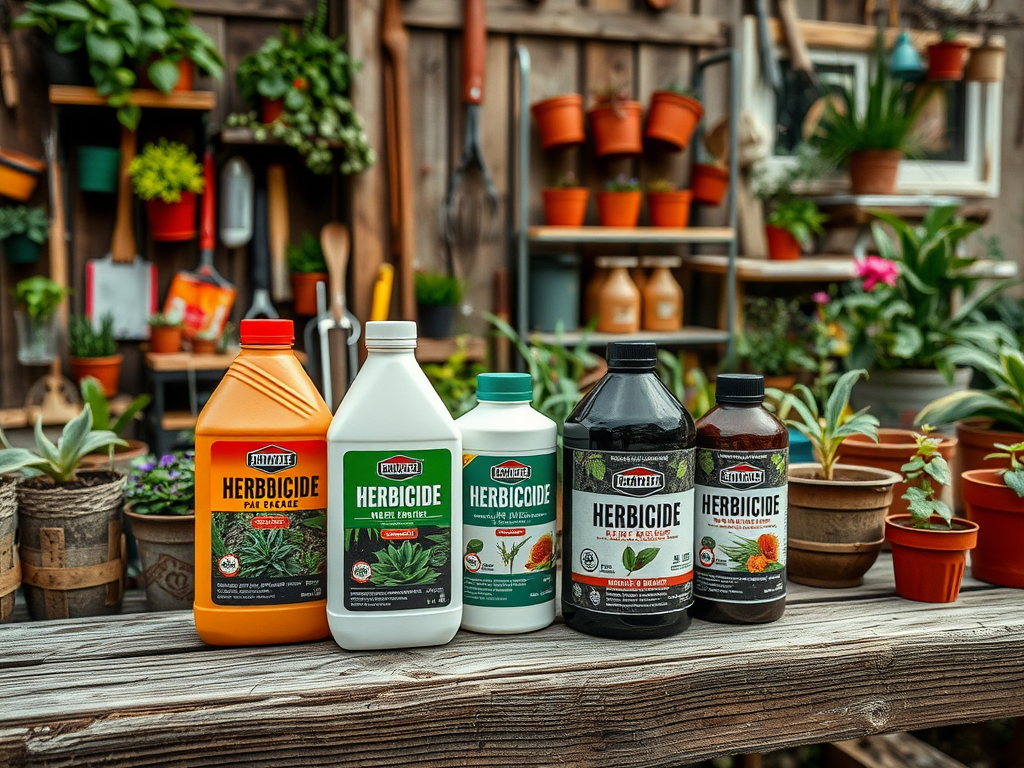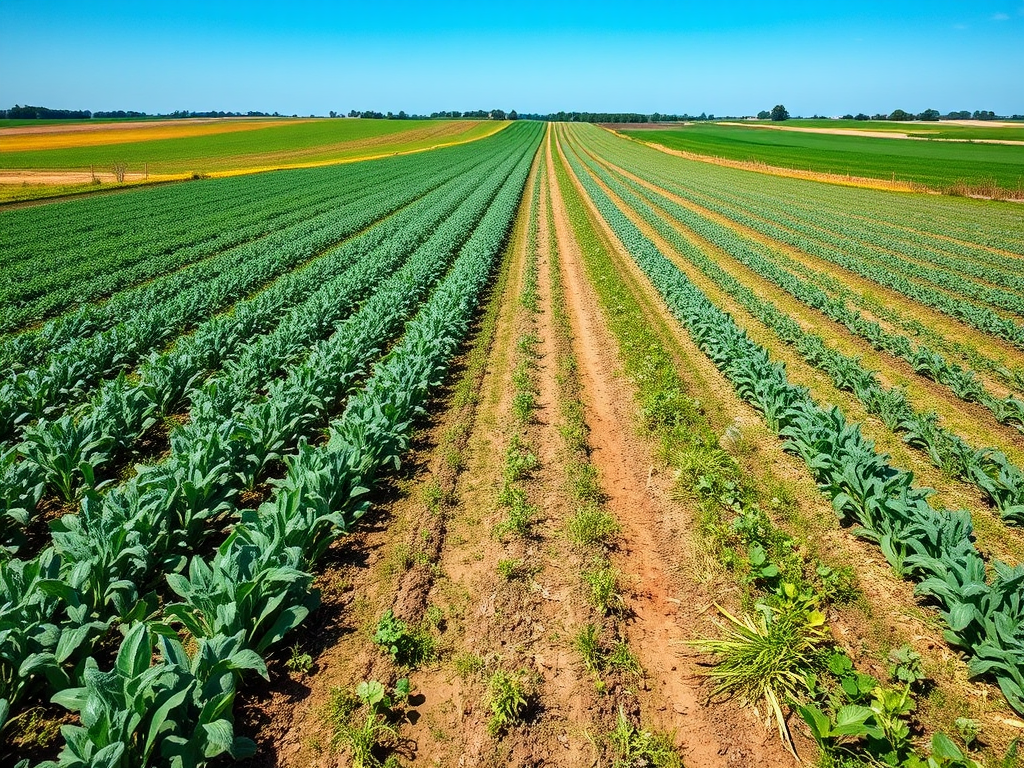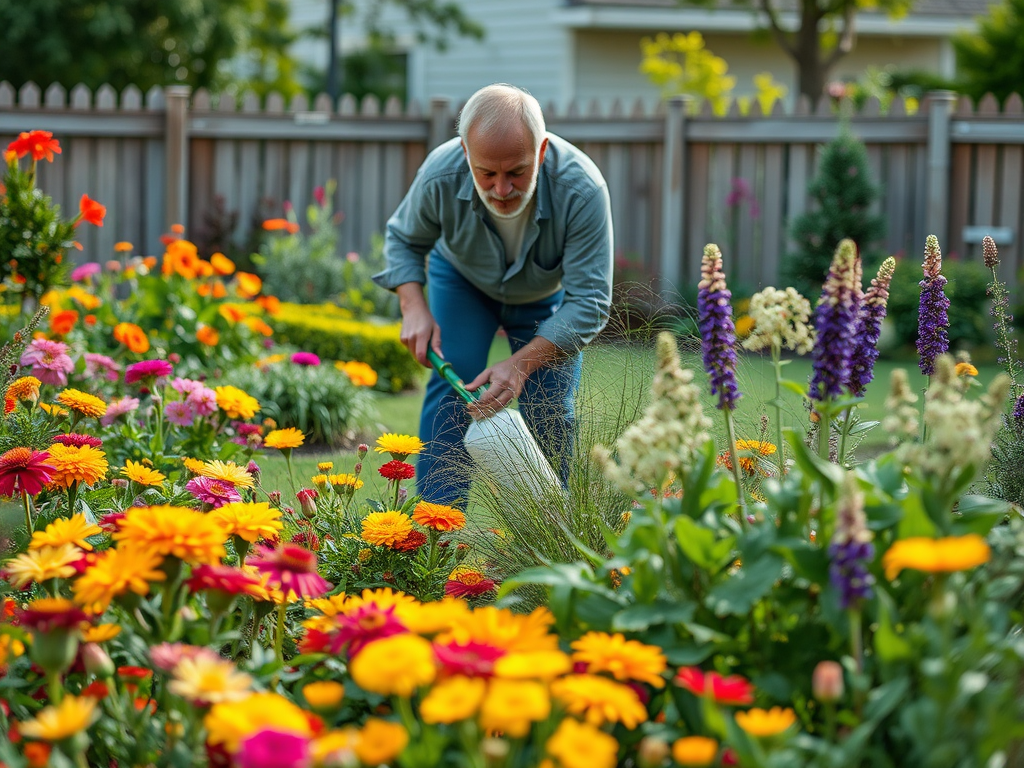Gardening can sometimes feel like a battleground, where stubborn weeds threaten to take over your precious greenery. Understanding the tools at your disposal becomes essential for protecting your plants and achieving a flourishing garden. Among these tools, herbicides are often the go-to solution for managing unwanted vegetation effectively. However, with so many options on the market, how does one determine the best herbicide for their specific needs? This article will guide you through the complex world of herbicides, helping you make informed decisions for effective weed management without compromising the health of desirable plants.
Before delving into various herbicide types and their purposes, it’s vital to grasp some foundational concepts about herbicides themselves. These chemical substances target unwanted plants and weeds that compete with your crops for nutrients, sunlight, and water. While herbicides can be highly effective, their misuse can lead to undesirable consequences; thus, caution is warranted. The key to maximizing their benefits lies in understanding how they work, their different categories, and the best ways to apply them. With this knowledge, you can confidently manage your garden and ensure it remains a vibrant ecosystem.
Understanding Herbicides

Herbicides are chemical substances used to control unwanted plants, commonly known as weeds. They come in various forms and are utilized in agriculture, landscaping, and gardening. This section will explore the effectiveness, application methods, and safety considerations associated with herbicides.
Herbicides can be classified into two main categories: selective and non-selective.
- Selective Herbicides: Target specific weed types without harming desired plants.
- Non-Selective Herbicides: Kill all vegetation they come into contact with.
Factors to Consider When Choosing a Herbicide

Choosing the right herbicide involves evaluating multiple factors, including the type of weeds you are dealing with, the environment in which you’ll apply it, and the plants you wish to protect. Each factor plays a significant role in determining which herbicide will yield the best results for your specific circumstances, and ignoring these aspects can lead to inadequate control of unwanted plants.
Type of Weeds
Identifying the weeds is the first step in choosing the best herbicide. Knowledge of whether you are dealing with annual, perennial, or grassy weeds can greatly impact your choice. Annual weeds tend to germinate, grow, and die within one season, while perennial weeds return year after year, often requiring different treatments. Knowing the life cycle of the unwanted plants allows you to select a herbicide tailored to deal effectively with them. This initial identification will allow for more targeted applications.
Application Environment
The application area can significantly influence your herbicide choice. Factors like soil type, weather conditions, and proximity to other plants will guide your options. For example, herbicides may behave differently depending on the absorption capabilities of various soil types, which can affect their efficiency. Additionally, applying herbicides during specific weather conditions, such as calm days without wind, can minimize the risk of drift and accidental damage to nearby plants.
| Herbicide Type | Best For | Application Timing |
|---|---|---|
| Selective | Targeting specific weeds | Pre or post-emergent |
| Non-Selective | General weed control | Anytime, but avoid desired plants |
| Pre-Emergent | Preventing weed germination | Before seed germination |
| Post-Emergent | Controlling existing weeds | After weeds have emerged |
Desired Plants
It’s crucial to select a herbicide that will only target undesired plants without harming flowers, shrubs, or crops you wish to keep. Many herbicides are designed specifically for certain plant types, meaning one product’s formulation may be safe for one plant but deadly to another. Always consider the surrounding plant life when making your selection for a herbicide, as this not only preserves your intended growth but also contributes to overall garden health.
Different Application Methods for Herbicides
Understanding the different application methods can help you use herbicides more effectively. Depending on whether you are using pre-emergent or post-emergent formulations, timing and technique can greatly affect the results.
- Pre-Emergent Herbicides: Applied before the weed seeds germinate, creating a barrier.
- Post-Emergent Herbicides: Used after weeds have emerged and are actively growing.
Safety Considerations When Using Herbicides
Safety should always be a priority when using herbicides. Along with effective management, ensuring safety measures are in place minimizes the risk to yourself, others, and the environment. Exposure to herbicides can pose health risks, so understanding the guidelines and protocols for usage is vital. You can establish a safe application routine by following recommendations and taking necessary precautions.
Protective Measures
Using personal protective equipment (PPE) such as gloves, masks, and goggles is recommended to safeguard against chemical exposure. Many herbicides also come with explicit safety instructions on their labels that guide users on the required gear and safe handling practices. Ignoring these precautions could not only lead to personal health issues but also unwanted environmental damage.
Environmental Impacts
Always consider the potential impact of herbicides on surrounding wildlife, beneficial insects, and water sources. Systems like integrated pest management often advocate for lower usage of chemicals and encourage alternative control measures. Employing strategies to reduce herbicide reliance not only fosters a balanced ecosystem but can ultimately lead to less demand for chemical usage over time.
Conclusion
Choosing the right herbicide can significantly influence the success of your gardening or landscaping efforts. With an understanding of herbicide types, the factors that affect their effectiveness, and the corresponding safety precautions, you can take control of your green spaces confidently. Remember, every garden presents a unique set of challenges, and educated choices can transform these challenges into triumphs. By consistently assessing your weed issues, identifying desired plants, and employing your chosen herbicide responsibly, you cultivate an environment that not only thrives but also flourishes.
Frequently Asked Questions
- What is the difference between selective and non-selective herbicides? Selective herbicides target specific weeds and leave desirable plants unharmed, while non-selective herbicides kill all plants they touch.
- How do I know which type of weed I have? Identifying the weed type can be done through online resources, local gardening centers, or consulting with agricultural extensions.
- Are herbicides safe to use around pets and children? Many herbicides can be harmful to pets and children. Always read the label for safety precautions and suggested re-entry times.
- Can I use herbicides in my vegetable garden? Yes, but it’s essential to choose herbicides labeled as safe for use around edible plants and to follow all application guidelines.
- What are the best practices for applying herbicides? Timing, weather conditions, proper dilution, and adherence to instructions on the herbicide label are critical for safe and effective application.



